Buying a home is one of the biggest financial commitments you’ll ever make, and if you’re gearing up to purchase in 2024 or 2025, there’s a crucial piece of advice you need to hear. It’s a simple, yet powerful tip that could save you more than $20,000 over the life of your mortgage. Intrigued? Let’s dive into how this works and why it’s such a game-changer.
The Traditional Way: Paying on the Due Date
When you close on a home, you might think your first mortgage payment is due the following month, but that’s not actually the case. Let’s say you close on your new home on September 9th. In a typical scenario, your first mortgage payment isn’t due until November 1st. This gives you what feels like a “free” month, where no mortgage payment is required. Sounds great, right?
Well, not so fast. While it might seem like a relief to have that month off, there’s a smarter way to approach your first payment—one that could put a significant amount of money back in your pocket over the years.
The Smart Move: Paying on the 1st of the Next Month
Instead of waiting until the due date to make your first mortgage payment, consider making an additional payment on the 1st of the month immediately following your closing date. In our example, this would mean making a payment on October 1st. The key here is to apply this payment directly to your principal balance, rather than just treating it as an early payment.
Why does this matter? By making a payment toward your principal right away, you reduce the amount of money you owe on the loan from the very start. This, in turn, lowers the amount of interest you’ll pay over the life of the loan. And that’s where the significant savings come into play.
How This Strategy Saves You Money
To understand how powerful this strategy is, let’s break down the numbers using a typical home-buying scenario. Imagine you’re purchasing a home for $420,000 with a 7% down payment. With an interest rate of 7.125%, your monthly mortgage payment would be around $2,800.
Now, if you were to make an additional payment of $3,000 toward your principal on October 1st—right after your September 9th closing—you’d immediately reduce the amount of money you’re borrowing. This early principal reduction lowers the overall interest you’ll pay over the 30-year life of the loan.
The result? You could save approximately $21,510 over the course of your mortgage. That’s money that stays in your pocket, simply by taking advantage of this early payment strategy. It’s a small step upfront that can lead to massive savings in the long run.
Why This Works
The key to understanding this strategy lies in how mortgage interest is calculated. Interest on a mortgage is typically front-loaded, meaning you pay more interest at the beginning of the loan than you do toward the end. By reducing your principal balance right at the start, you lower the interest that accrues each month. Over time, this reduction in interest payments adds up to substantial savings.
This is especially important in a high-interest-rate environment. With rates currently hovering around 7%, every little bit you can do to reduce the amount of interest you pay will make a big difference in the long term.
What You Should Do Next
If you’re planning to buy a home in the next year or two, consider incorporating this strategy into your financial planning. When you close on your home, don’t wait for that first official due date. Instead, make an additional payment on the 1st of the month immediately after closing and apply it directly to your principal.
Of course, everyone’s financial situation is different, so it’s a good idea to talk to your lender or a financial advisor to make sure this approach aligns with your overall goals. But if you’re looking to save big over the life of your loan, this is a smart move that could pay off—literally.
Final Thoughts
Homeownership is a long-term commitment, and every decision you make along the way can have lasting financial implications. By taking this proactive step with your first mortgage payment, you’re setting yourself up for significant savings. Remember, it’s not just about making that payment on time—it’s about making it work for you. Here’s to smart financial choices and keeping more of your hard-earned money where it belongs!


 Facebook
Facebook
 X
X
 Pinterest
Pinterest
 Copy Link
Copy Link







